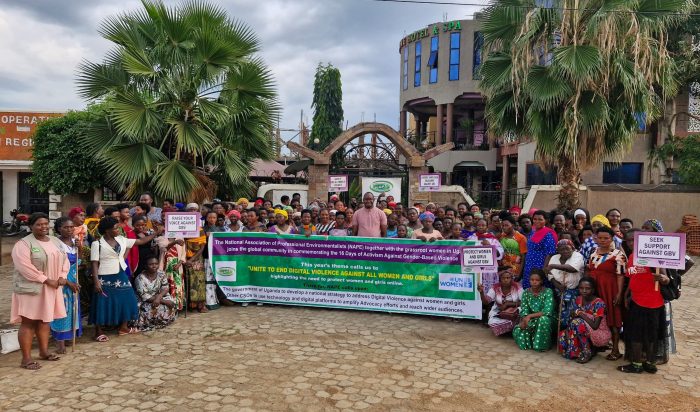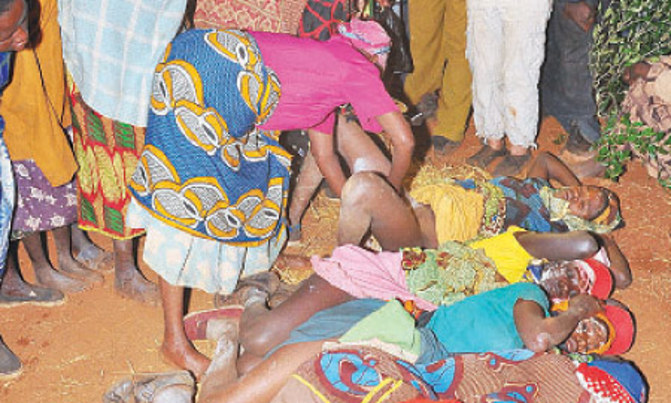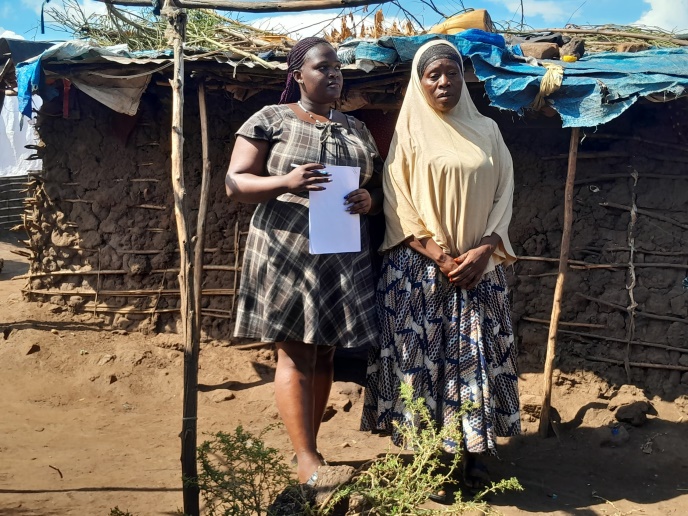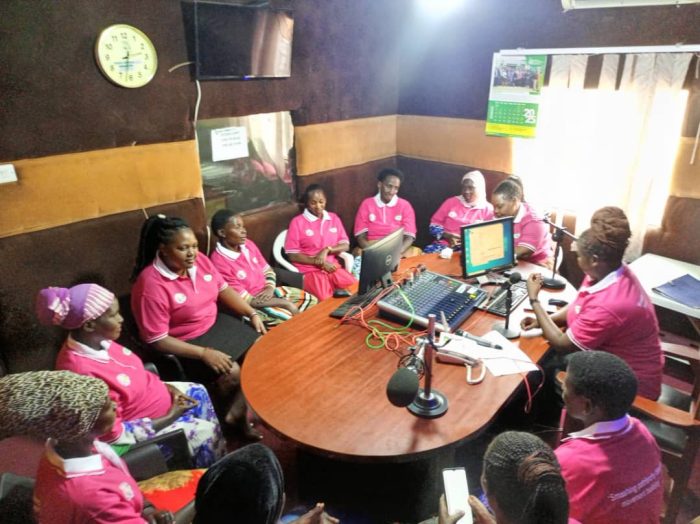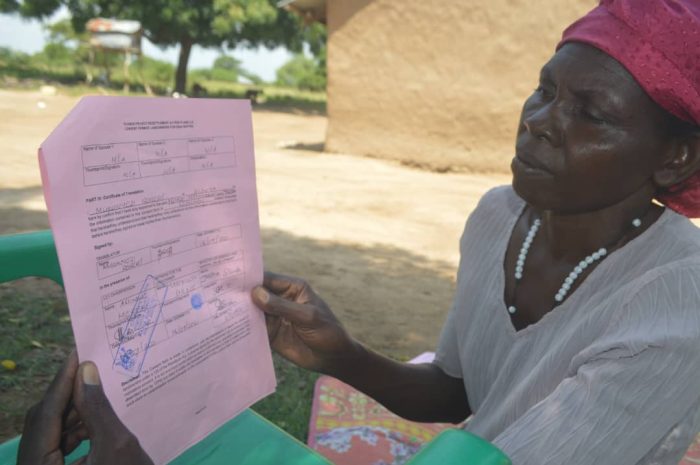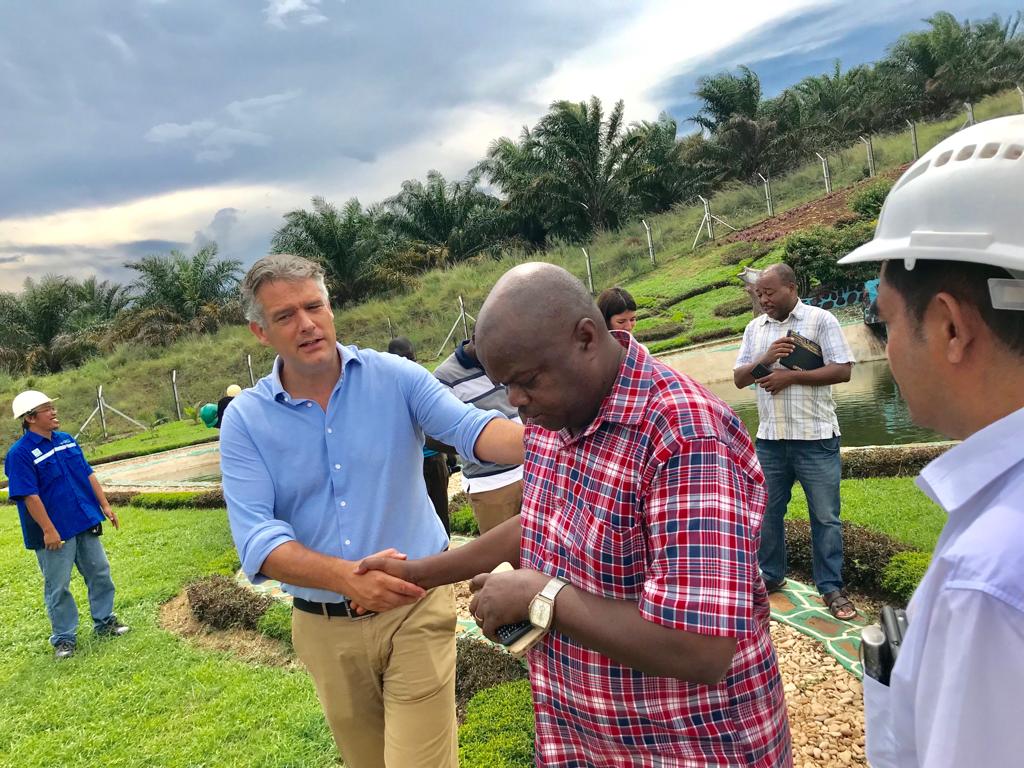
Preamble
On the road to Paris, a wave of hope manifested in the impressive number of ambitious Intended Nationally Determined Contributions (INDCs) testifies the commitment of developing countries to address climate change, though without assurance of support.
A recentassessment of the submitted INDCs by civil society had found that commitments captured in INDCs will not keep temperatures below 1.5°C or 2°C, above pre-industrial levels. The current INDCs represent substantially less than half of the reduction in emissions required by 2030.
Introduction
“Government should come to our rescue as weonly get to eat once every two days.” These are some of the sentiments reported in the media as drought and famine hit some parts of UgandaSince August 2015 to date.In May 2013, heavy rains in Kasese district caused severe flooding in 9 sub-counties leaving 8 people dead and displacing 9,663 according to the International Federation of Red Cross and Red Crescent (IFRC).According to Uganda humanitarian profile (OCHA 2011), the 2010 landslides buried 3 villages, leaving 83 people dead and more than 300 missing.
Increasing frequency and intensity of weather and climate related disastersare being witnessed in all partsof the World including Uganda with severe impacts on women and children.
We the civil society advocating for climate justice globally and in Uganda having met on September 30, 2015 at Imperial Royale hotel in Kampala,
We urge;
To Government of Uganda
- Expedite the development of the National Climate Change Bill. The Bill should have a compliance mechanism to realize the low carbon economy andfacilitative mechanism to enhance provision of finance, technology development and transfer, and capacity-building;
- Scale-up on-budget climate change expenditure from 1 per cent to not less than 5 per cent per year from 2016 in a measurable, reportable and verifiable manner while devolving funds to local governments to undertake climate actions, and fast-track the establishment of national implementing entity (NIE) for climate finance;
- Strengthen the implementationof“Article 6 of the Convention” through multi-stakeholder partnerships based on principle of inclusiveness, focused specifically on the needs of the poorest and most vulnerable aimed at undertakingeducation and training programmes on climate change, promoting public participation, awareness and access to information, and enhancing international cooperation;
- Undertake technology needs assessment (TNAs) through a sector wide approach to enable Uganda National Council for Science and Technology execute its role, whereas creating an enabling environment for private sector to promote innovation, research and development;
- While undertaking mitigation actions towards a low carbon economy, aim to eradicate poverty and achieve sustainable development while taking into account the provision of social protection and safety nets to realize pro-poor co-benefits;
- Facilitate inclusive adaptation planning and ensure development ofa holistic integrated national adaptation plan (NAP);
- Honour persons for extraordinary service to climate change outreach and negotiations, for example Mr. Philip Gwage who represented Government of Uganda at the Intergovernmental negotiating Committee for a Framework Convention on Climate Change in 1991 and still serves as a negotiator till to date, as “Special Envoy for Climate Change”.
To COP21/CMP11
- Parties conclude the Ad HocWorking Group on the Durban Platform for Enhanced Action (ADP)and adopt a “Protocol” with legal force under the Convention applicable to all Parties;
- Parties aim to achieve a just and gender responsive climate agreement and ensure inclusive andequitable public participation in decision-making throughgender-responsive means of implementation;
- Parties to establish aglobal goal on adaptation in accordance with the objective, principles and provisions of the convention, with the aim ofstrengthening resilience and reducing vulnerability to climate change;
- Parties to establish a global mechanism to address loss and damage, building on the work of the Warsaw International Mechanism on Loss and Damagewith complementaryelements such as: an insurance component; rehabilitation/compensatory component and risk management component;
- Parties launch an accelerated implementation process (AIP) for pre-2020 implementation including, inter alia, revisiting the pre-2020 emission reduction targets, assessing the adequacy of finance, technology and capacity-building support to developing countries and launch a technical examination process on adaptation;
- Developed Country Parties take lead to provide support to developing countries, bearing in mind that provision of finance be based on a floor of US$ 100 billion per year from 2020,and take into account the different assessment of climate related finance needs and gaps, based on an ex-ante process, while strive to scale-up adaptation finance and commit to ensure that at least 50% of financial support from public sources shall be dedicated to adaptation;
- Developed Country Parties notto incorporate mitigation potential of Agriculture BUT maintain scientific and technical work on how to enhance adaptation through early warning systems, assessment of risk and vulnerability, identification of adaptation measures, and assessment of agricultural practices and technologies;
- Developed Country Parties to further close the ambition gap while ensuring the highest possible mitigation efforts by committing to a target of reducing emissions to at least 40% below 1990 levels by 2020.

